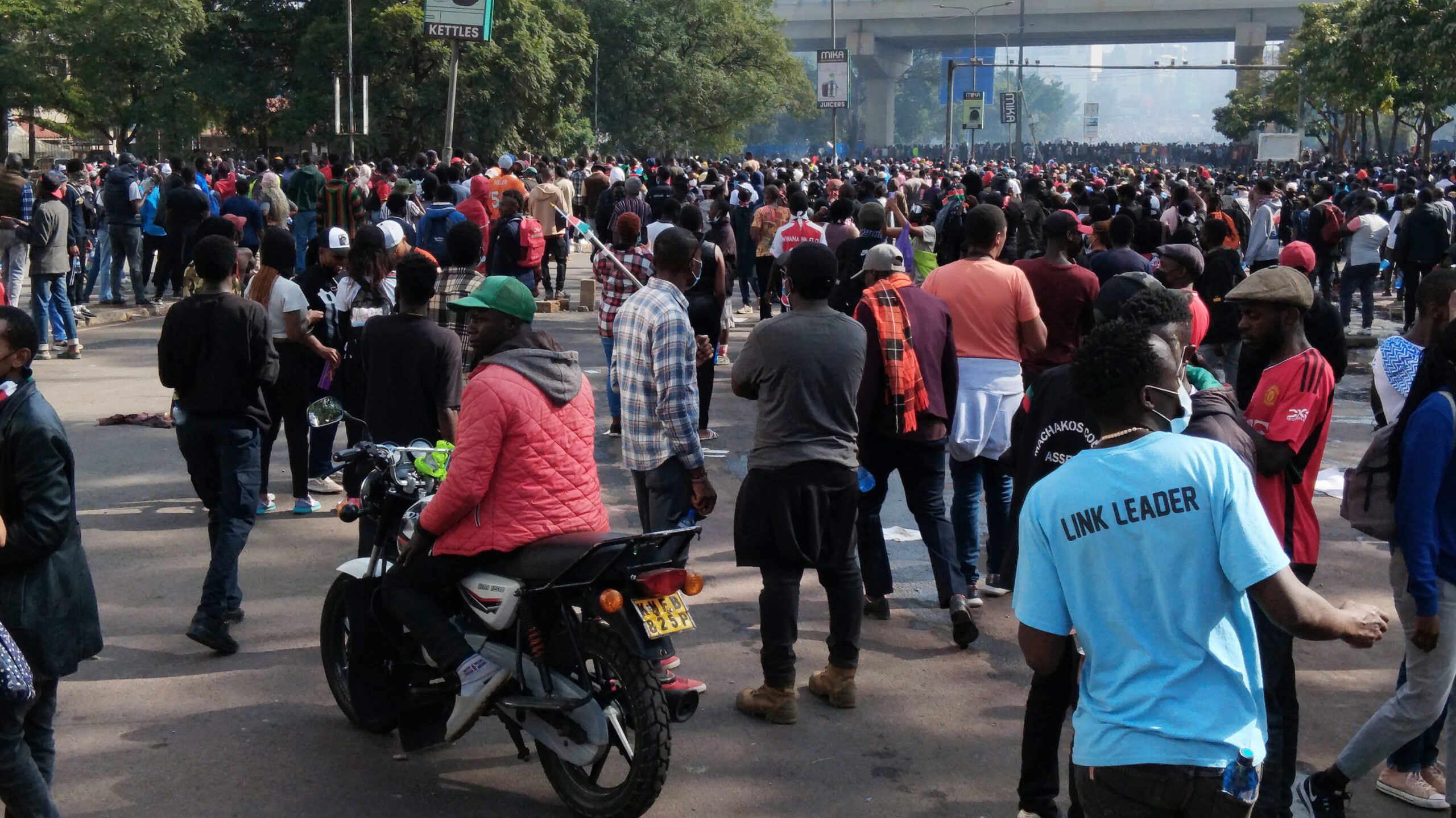Becoming the CRITIC in THE BOXING RING OF LIFE

His name is spoken in whispers, as if referring to a ghost that could jump out of the corner and terrify you at any moment. Those who had watched his final appearance hated talking about it…
The Critic wasn’t a fighter. He was a legend. An indestructible boxer who faced every imaginable opponent. His fights became fabled stories, told over campfires, dinner tables, schoolyards and boardrooms. Passed down from generation to generation. What eventually happened to him, no one really knows. Many believe he’s still alive, traveling the globe, watching people fight from a distance. Amidst all the stories, there are certain opponents, specific fights that stand out, deeply resonating with individuals, told as if they were happening right here, right now…
He seems so stoic, standing there, barely flinching as his body absorbs blow, after blow, after blow. He barely shows any bruises! Why isn’t he defending himself? Wait, did he just thank The Critic for the litany of hits he just received?
Is he really now bowing his head gracefully after such an epic loss? Is this man even human? The Absorber is a crowd pleaser, a charmer, an underdog that you can’t help but root for. He doesn’t say much, and doesn’t need to, thanks to his physical strength, enchanting good looks and seductive aura of mystery. He doesn’t win his fights through knockouts. No, instead, he patiently waits for his opponent to wear out, to punch themselves into a heap of exhaustion. His impenetrable, motionless approach intimidates opponents. What do you do with a physically imposing fighter who can take all the punches you’re capable of throwing at him? How do you fight Superman? How powerful the illusion The Absorber has created; the shroud of invisibility masking the truth of his humanity.
A truth that is only made apparent in the dark shadows of his locker room. There, he disintegrates into ashes of human misery. His limbs shaking uncontrollably, his stomach muscles violently cramping as he vomits up blood and bile. His crushed ribs piercing into his lungs. His heartbeat fading as his body succumbs to the onslaught of pain and trauma. His doctor had warned him; he likely wouldn’t survive enduring another fight. The internal injuries his body had sustained after all these years of absorbing brutal force, one blow at a time, were too severe. “Why do you take these hits so willingly? Why don’t you fight back? Why do you work so hard to mask your pain? Why are you putting yourself through all this torture?”
“Because I deserve every single blow that has come my way.”
“That’s not fair, I wasn’t ready! It’s my coach’s fault I wasn’t prepared, not mine. This is completely unfair, I know all of you have conspired against me!”
Ask any experienced fighter and they’ll all tell you the same exact thing: trying to win a fight with The Victim is utterly futile. In fact, unless you’re prepared to just let him win, don’t even bother stepping into that arena.
This response maybe very confusing because by all appearances The Victim seems like such a good sportsman. He’s gentle and perceivably humble, infatuating audiences all around with his unassuming, baby-faced persona. And he actually is a skilled fighter, worthy of facing any top-notch fighter. He’s quick on his feet, knows how to read and manipulate his opponent and definitely packs a powerful punch when the timing is right. But he’s also extremely unpredictable. He says he always tries to fight fair, and sometimes he truly does. However, when faced with the threat of a strong, talented, fast or merely intimidating opponent, all bets are off. Not only does The Victim forgo even trying to fight, he shifts into drama queen mode, declaring excuse after excuse of why he is unable to fight. “The weigh in wasn’t correct, you said he was 160 pounds but he clearly looks more like 180 pounds. No one gave me the rules, no one explained to me how this was going to happen, how was I supposed to know?”
Despite being warned, despite being aware of The Victim’s manipulative tactics, The Critic pushed forward. Convinced he wouldn’t be fooled by The Victim’s fake innocence, confident that he would be the one to force him into a fair test of skill, strength and endurance. Oh boy, was he wrong. Technically, it wasn’t even a fight. No punches were thrown, barely any movement took place in the ring. Instead The Victim stepped into the ring, glanced at The Critic, slipped his gloves off and walked to the referee to air his complaints.
Forty-five minutes later, in an empty, echoing arena, The Victim’s pitiful, strained voice could be heard repeating the same statements “Everything was plotted against me, there was no way I could fight, it wasn’t a fair match up, it’s not my fault, there was nothing I could do, I had no choice, why does this always happen to me…?”
His name is spoken in whispers, as if referring to a ghost that could jump out of the corner and terrify you at any moment. Those who had watched his final appearance hated talking about it. Too traumatic, some claimed, “I just want to forget I ever witnessed what I saw.” Sure, The Aggressor was long known for his vicious attacking style and his relentless, albeit frenetic, approach to taking down his opponents. But this time when stepping into the ring against The Critic, for what would become his grand finale, this time he went way too far.
According to local lore, The Aggressor clearly appeared agitated during the lead-up to the fight. He snapped at reporters, barked orders at his handlers and even cursed out his coach in public. So while there was certainly a level of nervous and turbulent energy in the air the night of the fight, nothing could have prepared the audience for the ensuing bloodbath.
The Critic had barely slipped his gloves on when The Aggressor lunged at him, attacking like a rapid dog. He wasn’t just throwing punches either, he was kicking The Critic, using his elbows, gnawing his teeth when flesh was in close contact, using the sheer force of his ominous body to crush his opponent and literally tear him apart. At first the audience cheered loudly, transfixed by the intensity of the visceral action they were witnessing. But when the first crunch of a bone was heard the cheers morphed into gasps. When the maroon splotches scattering the mat turned into pools of red viscous liquid, you could hear screams of terror reverberating throughout the arena.
Finally, the bell rang. The Aggressor proudly raised his arms in victory anticipating thunderous adulation. Instead, he faced a now half empty arena, frozen in horror, deathly silent. And the mangled, almost lifeless body of The Critic, strewn across his blood splattered feet.
“Did The Critic die?” wide-eyed children asked their parents.
“No he survived, remember The Critic was the greatest fighter that ever lived, no one could destroy him.”
“So what happened to The Aggressor?”
“Well, he was shunned, everybody was too terrified to be anywhere near him. Rumor has it that he became an alcoholic and lived the rest of his solitary life in the woods.”
This was the fight you did not want to miss, the kind of fight people refer to as THE fight. Oh the action, the drama! Every blow counteracted by the other. Such a display of speed, elegance, power! The finest example of what a boxing match is all about. The thing about The Defender is that he can be a great opponent in the ring if you manage to break through his thick, defensive walls. Of course he is a master at protecting himself, thanks to a combination of fast, aggressive defense tactics, the deft ability to bob and weave, and a knack for knowing when and how to cover up. And not only is he strong enough to take powerful hits, he’s able to throw out his own too. But you have to catch him off guard, approach him from an unexpected angle, or confuse him with strategic moves.
Which is exactly what The Critic was able to do during THE fight. Initially, The Critic advanced aggressively, aiming to get The Defender comfortable in approaching the fight like he usually does – in full defensive mode. Then The Critic started to pull back, working slowly, landing an unexpected jab then retreating, an unexpected hook then weaving out of sight, another jab and then springing back.
At first, The Defender counteracted passively, waiting for the hits to arrive. Then he realized The Critic wasn’t trying to simply knock him out, he wanted to interact, he wanted to fight, he wanted to give the audience what they deserve – a true combat with two worthy opponents. So he relinquished, began to fight back and deliver as requested. And fight with all of his heart The Defender did do.
However, this fight wasn’t about The Defender delivering aggression, it was about The Critic delivering himself. Battling The Defender allowed the audience to finally see The Critic; this was a rare moment when the overwhelming depth of his talents, the sheer ingenuity of his techniques, and the brute power stored in his petite, yet muscular frame, was laid bare. Thanks to The Defender being open to engaging his opponent, having the courage and endurance to keep fighting, even when all his defenses were shattered, and he was left crawling on the mat, vulnerable, defeated, begging for mercy.
This was precisely what the audience came to see. A fighting, yet worthy man broken down, a victor who thoroughly earned his crown.
There is one final opponent The Critic faced, the one fighter The Critic sincerely admired and respected. Only he never actually faced this fighter in a match.
This opponent had multiple names, as no one was really sure how to label him. The Seeker, The Open One, The Listener, The Humble One, The Learner, The Self-Assured, The One at Peace. His name was irrelevant, his actions said it all.
The Critic sat with him, in the middle of the ring, in a serene, open arena. And for a magical moment in time, they traded fighting tactics, shared intimate details about their journeys’ getting to where they are, asked each other earnest questions, absorbing every word, lifting each other up, powered by the strength of their vulnerabilities, helping each other grow. And then the moment was over.




